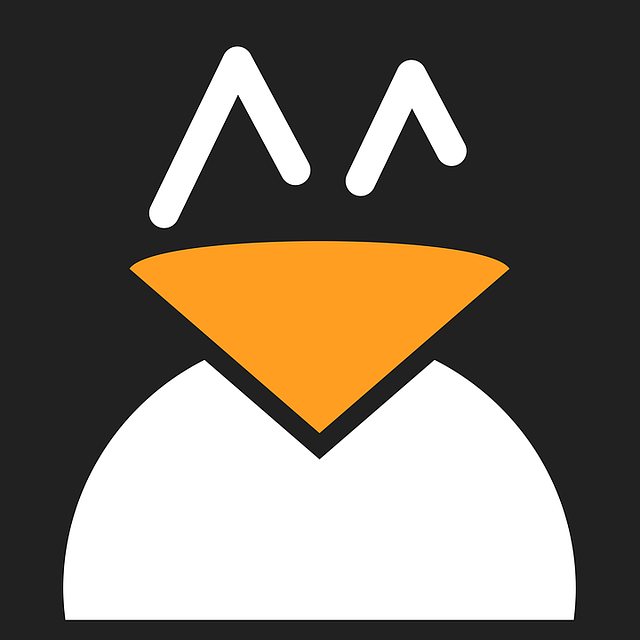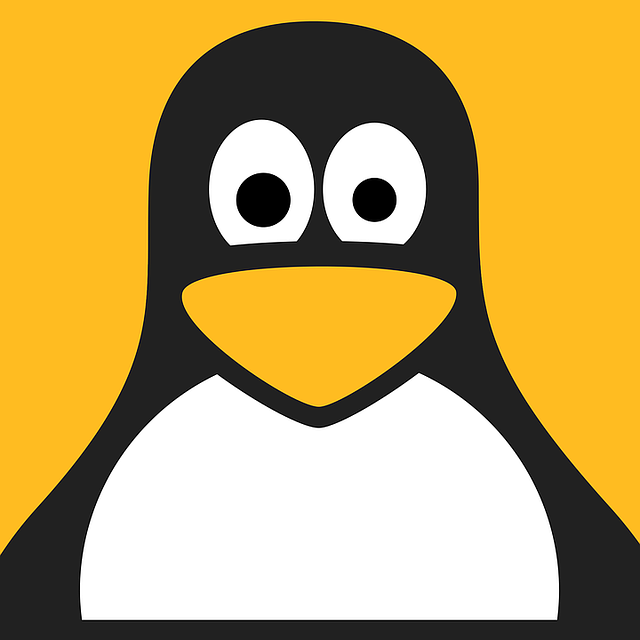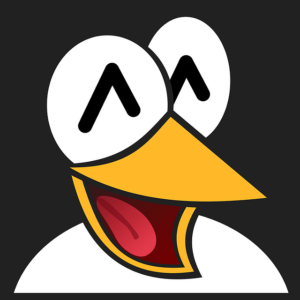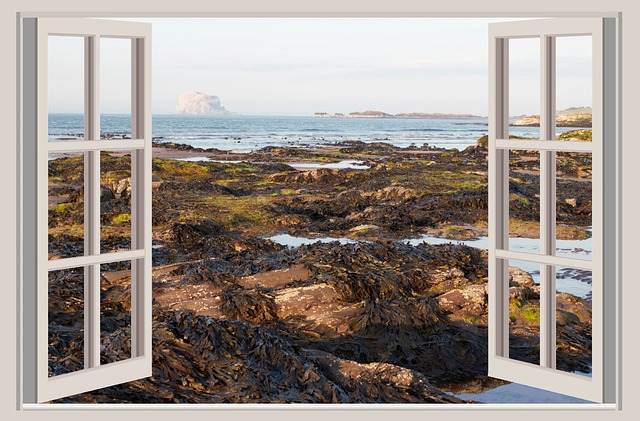Game development on Linux is effectively supported by lightweight desktop environments like LXDE and XFCE, which offer a balance of performance and productivity, especially for those starting out. These environments are resource-efficient, making them ideal for developers with less powerful hardware. They come with user-friendly configurations and accessibility features that can be easily customized to suit individual needs. The integration of essential tools like Blender, GIMP, and Godot Engine within these environments is seamless, facilitating tasks such as 3D modeling, image editing, and game design without hindering the development process with technical complications. Unity, with its intuitive interface and gaming technology support, offers a comprehensive suite of tools for rich visual game creation, while Fedora Workstation provides cutting-edge software and support for advanced technologies like snaps, containers, and virtual machines, allowing developers to create isolated workspaces for different projects. Both Unity and Fedora Workstation are robust choices for Linux game development, each offering unique features that cater to the diverse needs of developers throughout their game development lifecycle. The article concludes by underscoring the importance of personalizing the Linux desktop environment for an optimized workflow, suggesting the use of extensions, widgets, keyboard shortcuts, and virtual desktops to maintain a tidy and efficient workspace. Additionally, it highlights the benefits of using platforms like SteamOS and Lutris for gaming libraries, and the support of game engines such as Unity and Unreal Engine for Linux development. Game Development with Linux is a viable and thriving platform when equipped with the right tools and environment, making it an excellent choice for game developers looking to create engaging gaming experiences.
Embarking on a game development journey can be as exhilarating as it is challenging, especially for beginners. With Linux’s robust suite of tools and resources at your fingertips, the choice of a user-friendly desktop environment becomes pivotal to navigate this learning curve smoothly. This article serves as a compass for those stepping into the realm of game development on Linux, offering insights into selecting an accessible desktop that suits your needs. We’ll guide you through customizing your workspace for optimal creativity and introduce essential tools that will enhance your experience. Whether you’re a novice or a seasoned developer looking to transition to Linux, this guide is designed to streamline your game development process with user-centric desktops, ensuring your focus remains on bringing your visions to life rather than being bogged down by technical complexities.
- Embracing Accessibility: A Beginner's Guide to User-Friendly Desktop Environments on Linux for Game Development
- Navigating the Linux Landscape: Choosing the Best Desktop Environment for Game Development Newcomers
- Customizing Your Workspace: Tips and Tricks for Enhancing Your Game Development Experience in Linux Desktops
- Essential Tools and Resources: Streamlining Game Development on Linux with User-Centric Desktops
Embracing Accessibility: A Beginner's Guide to User-Friendly Desktop Environments on Linux for Game Development

For those embarking on game development, selecting an appropriate desktop environment is a pivotal decision that can impact both productivity and creativity. Linux offers a robust platform for game developers with user-friendly interfaces that embrace accessibility. Among these, the LXDE (Lightweight X11 Desktop Environment) and XFCE are particularly noteworthy for beginners due to their streamlined, intuitive design. They provide essential tools for game development without overwhelming the newcomer with unnecessary complexity. LXDE and XFCE are light on system resources, ensuring smooth performance even on less powerful hardware, which is often a concern for those just starting out.
The user-friendly nature of these environments extends to their configuration and customization options, allowing developers to tailor the workspace to their specific needs without delving into advanced settings unnecessarily. Accessibility features are integrated thoughtfully, enabling users with varying abilities to navigate and operate the desktop environment comfortably. With game development on Linux, developers have access to a variety of powerful tools such as Blender for 3D modeling and rendering, GIMP for image manipulation, and Godot Engine, which stands out for its beginner-friendly approach to game design and programming. The integration of these tools within the desktop environment is seamless, facilitating a workflow that is both efficient and accessible. By choosing a user-friendly desktop environment like LXDE or XFCE, game developers on Linux can focus on their creative vision rather than technical obstacles, paving the way for successful game development endeavors.
Navigating the Linux Landscape: Choosing the Best Desktop Environment for Game Development Newcomers

For those embarking on game development within the Linux ecosystem, selecting an optimal desktop environment is pivotal to streamline the creative process and foster a productive environment. The Linux landscape offers a variety of desktop environments, each with its own set of tools and features that can aid in game development endeavors. Unity, for instance, has garnered attention for its intuitive interface and robust support for gaming technologies. It provides a user-friendly platform with tools like Blender for 3D modeling and GIMP for image manipulation, which are essential for creating rich visuals for games. Additionally, the integration of Lutris and Proton, which enables compatibility with a vast array of games, makes Unity a strong contender for developers new to Linux.
Another desktop environment gaining traction among game developers is Fedora Workstation, which offers a snapshot of future technologies and a reliable, stable foundation for development work. With easy access to software repositories and the ability to install cutting-edge tools, Fedora Workstation allows developers to stay at the forefront of innovation while ensuring system stability. Moreover, its support for snaps, containers, and virtual machines enables game developers to manage dependencies and create isolated environments for different projects without affecting the host system. This feature is particularly beneficial for maintaining a clean workspace and avoiding conflicts between project requirements. Both Unity and Fedora Workstation are versatile choices that cater to the needs of game developers on Linux, offering a seamless experience from initial design to final deployment.
Customizing Your Workspace: Tips and Tricks for Enhancing Your Game Development Experience in Linux Desktops
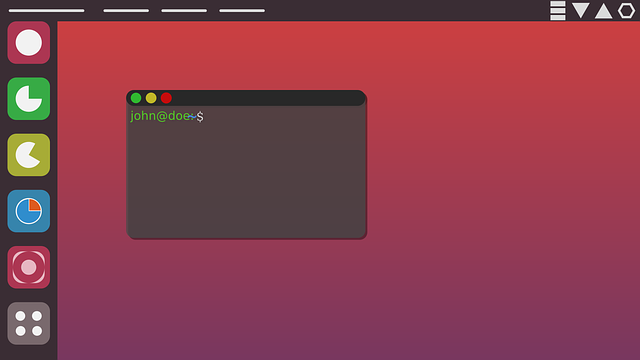
Customizing your workspace plays a pivotal role in streamlining your game development workflow, especially within the Linux environment. Beginners can significantly enhance their experience by tailoring their desktop to meet the specific demands of game development. For instance, selecting a user-friendly desktop environment like GNOME or KDE Plasma from the plethora of options available on distributions like Ubuntu or Fedora can provide a solid foundation. Utilizing tools such as gnome-tweak-tool for GNOME or KDE’s System Settings allows for adjustments that cater to the visual and functional preferences needed when coding, designing, and testing games.
To optimize your game development environment on Linux desktops, consider employing extensions and widgets that offer quick access to frequently used applications or tools like Blender, Unity Editor, or GIMP. Keyboard shortcuts can be set up for swift navigation between tasks, reducing the time spent searching through menus. Additionally, arranging your workspace with virtual desktops can help manage different aspects of game development more effectively, keeping your project files, design documents, and reference materials organized and readily accessible. By customizing workspaces with these tips and tricks, developers can create a personalized and efficient space for their Linux-based game development endeavors, making the most of the platform’s capabilities.
Essential Tools and Resources: Streamlining Game Development on Linux with User-Centric Desktops

For novice developers diving into game development on Linux, the choice of a user-friendly desktop environment can significantly ease the learning curve and streamline the creative process. Linguini, a desktop interface designed with user experience at its core, stands out for gamers and developers alike. It offers an intuitive layout that simplifies navigation and system management, allowing users to focus on their game development projects without unnecessary distractions. Essential tools for game development on Linux, such as Godot, Blender, and GIMP, are readily accessible through Linguini’s streamlined application libraries. This ensures that developers have all the necessary software at their fingertips, facilitating a smooth workflow from asset creation to game engine configuration.
In addition to a user-centric desktop environment, developers must have access to robust resources and tools tailored for Linux game development. Platforms like SteamOS and Lutris provide extensive libraries of games that can be used as learning benchmarks or for testing compatibility and performance. Game engines such as Unity and Unreal Engine also offer support for Linux, with Unity’s .NET 2D and 3D game engine being particularly popular among Linux users due to its cross-platform capabilities and active community. These tools, when combined with a desktop environment that prioritizes ease of use, create an environment where game developers can thrive and innovate within the Linux ecosystem.
Game development within the Linux ecosystem offers a robust and flexible platform for creators of all levels. By selecting a user-friendly desktop environment from the diverse options available, beginners can navigate the Linux landscape with ease, customize their workspace to suit their specific needs, and access essential tools that streamline the game development process. This article has provided a comprehensive guide to embracing accessibility and enhancing the experience for those starting their journey in Linux-based game creation. As you delve into the world of game development on Linux, remember that the right desktop environment can make all the difference in your creative endeavors. With the tips and resources outlined here, you’re well-equipped to embark on this exciting venture and bring your gaming visions to life.













